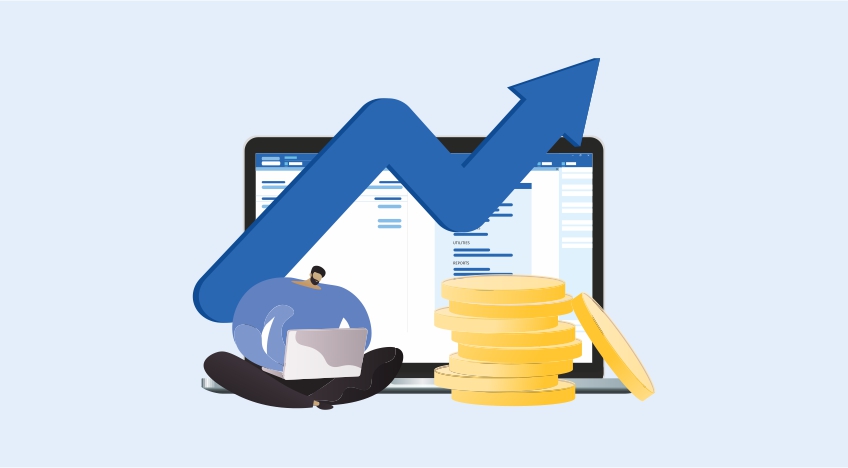Effective Cost Management Strategies for Controlling Expenses and Boosting Profitability

Effective cost management techniques can improve your business’s profits and increase the visibility of costs. This includes establishing budgets that limit unnecessary spending.
It is also important to separate your expenses into fixed and variable costs. This can help you monitor your costs and proactively address any variances that may arise.
1. Review Your Budget Regularly
Using real figures and data rather than rough estimates when setting budgets is essential for controlling expenses. This means reviewing and revising the budget regularly. This can be done by comparing actual income with the sales budget, and by reviewing and analysing each expense to identify areas where costs are increasing.
This involves going beyond a simple analysis of your current costs, and looking for ways to cut them. It also requires a willingness to change the company’s structure so that it only incurs costs that generate revenue.
This can include renegotiating contracts with suppliers, streamlining processes to eliminate waste and inefficiencies, or implementing technology solutions for greater visibility of spending. These are all long-term projects, but the benefits of implementing effective cost control strategies are significant, with Aberdeen Group research showing that companies that do so see a 10% increase in profit margins.
2. Review Your Expenses
An effective expense review process can be a great way to save money. Smart leaders call everything into question, asking if the activity adds value and whether it is essential for the business to do what it does.
The review can be a time-consuming and labour-intensive task that requires careful analysis. It’s important to include business advisers like your NAB Small Business Banker and your accountant in the process so they can help you identify ‘cost culprits’.
In addition to looking at individual expenses, the review should look at costs for an entire project. This is known as cost profile analysis and can be a useful tool when evaluating a new project budget. By doing this, you can ensure that the project will be profitable and ensure that all necessary expenses are in place. It also enables you to see which projects are running over budget. This information can then be used to inform future budgets.
3. Negotiate with Suppliers
If you’re looking to save money on materials and other products, it’s worth negotiating with your suppliers. Ask the supplier for a list of existing clients and reach out to them to find out how much they pay for the same items you’re interested in purchasing. This information will give you an anchor point to begin price negotiations.
During the negotiation process, make sure that you’re willing to compromise on key aspects of the deal. You may need to accept a lower quality or a longer lead time in exchange for low prices. However, you should also draw the line on a few items that are non-negotiable.
Try to treat your negotiations as a partnership rather than a haggle where both sides are seeking the upper hand. Developing good relationships with your suppliers can help you negotiate better prices in the future, as they will be more likely to do business with you again. This will ultimately help you save money on costs and boost your profitability.
4. Manage Your Inventory
Identify the costs that generate profit and stick to those, ignoring expenses that don’t. In this way, effective expense management allows businesses to use the money they save in one area to advance initiatives in other areas of their business and drive overall profitability.
Using a first-in, first-out (FIFO) method for your inventory will reduce waste by ensuring that your oldest stock gets sold before your newer stock. This is particularly useful for perishable products.
In addition, it’s important to review your inventory regularly. For example, some companies do an annual full inventory count, while others conduct weekly, monthly or even daily spot checks of their most popular items.
This will prevent you from having dead stock wasting space in your warehouse and tying up capital unnecessarily. This includes stock that has lost customer interest or is simply obsolete. You may be able to move these products on for a profit by offering discounts or coupons.